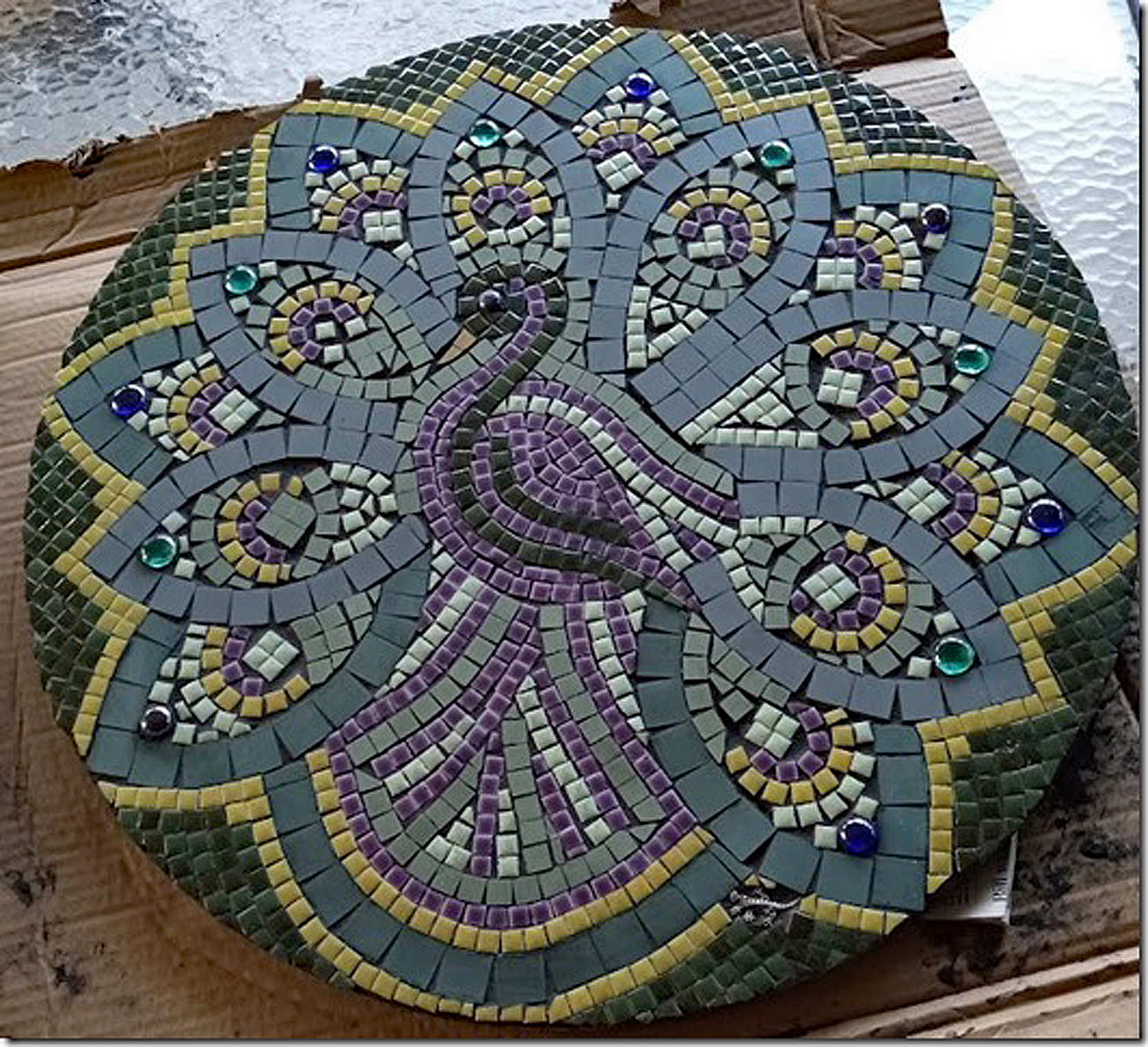Nina Tisara’s Memories and Musings: On Sand and Stone

Alexandria, VA – Often I am amazed by what I don’t know. On the bright side, each thing I don’t know is a doorway to learning something new. Sand painting is an example.
Backstory.
In November 2023, my friend artist Sharmila Karamchandani was invited to create a sand painting outside the gate of the residence of Madam Vice President Kamala Harris in celebration of Diwali.

According to Wikipedia, Diwali is the Hindu festival of lights. Variations of Diwali are also celebrated in other Indian religions. It symbolizes the spiritual “victory of light over darkness, good over evil, and knowledge over ignorance.” It’s also a recognition of the impermanence of all things.
Sharmila and I met in 2007. We were students in a class offered by Empowered Women International (EWI), a nonprofit founded in 2001 by Marga Fripp to teach entrepreneurial skills to immigrant women artists so they might be able to support themselves through their art. Marga herself immigrated to America from Romania to access life-saving medical treatment for her son. She was 27 years old. She did not know a word of English when she arrived.
Marga was recognized as a Living Legend of Alexandria in 2015 for founding EWI, which was headquartered in Alexandria. She now lives in western North Carolina, where she runs Marga Fripp Studio and The Pollinators Foundation, a nonprofit she created in 2023 for wellness and social healing.
I was accepted as a student despite being neither an immigrant nor an emerging artist. During that class, Marga encouraged me to turn my vision for Living Legends of Alexandria into a 501(c)3 nonprofit. Along the way I met some very talented artists, including Sharmila.
In a 2018 story in the Fairfax Times, Sharmila explained, “Besides being a lead trainer with EWI, I run my graphic design business, teach graphic design, teach art workshops in the community, and stay involved in inspiring and educating entrepreneurs and aspiring artists.”
Sharmila designed my recently published books, Little Pine’s Halloween and Memories and Musings–a Memoir. And, as I said earlier, in November she created a sand painting to welcome guests to a Diwali celebration at the home of Vice President Harris.
Another of EWI’s graduates, artist and writer Sushmita (Sush) Mazumdar, ran a children’s Family Legends program for Living Legends of Alexandria to help children document their family stories through handmade books. In 2013, she opened Studio Pause in Arlington, inviting everyday people to make time for creativity and community. She opened a second location on Columbia Pike in 2023.
As part of the recent Columbia Pike Documentary Project, A World in a Zip Code, at the Museum of Contemporary Art in Arlington, interviews by Sush and project director Lloyd Wolf accompanied the photographs in the exhibit. The project documents the people who live and work in the multi-cultural neighborhood of Columbia Pike.
Sush received the Woman of Vision award from Arlington County in 2018. In 2019, she was appointed Commissioner for the Virginia Commission for the Arts, representing the 8th Congressional District of Virginia.
Around the time I took the class, I transformed from a photographer to a mosaic artist who mainly worked with unglazed porcelain. There is a big difference between painting in sand and working with stone-like porcelain, not only in materials but in philosophy.
Sand or stone? Interesting to contemplate. Through research, I learned that Native American Indians and Indigenous Australians also practice the art of sand painting.
Painting in sand honors the transitory nature of life. It recognizes and celebrates non-permanence. The value is in creating the design and then letting it go, returning the elements to the earth.
Mosaics, conversely, are often valued for their permanence. Sixteen hundred-year-old mosaics unearthed during excavations of the ancient Stratonikeia, Turkey, are being introduced to encourage tourism through conservation studies.

I found Sharmila’s sand painting design so beautiful I wanted to find a way to replicate it for my garden, not in sand but as a weather-resistant painting. I envisioned it set in the ground in front of my statue of the seated Buddha. Sharmila encouraged me to turn the design into a mosaic—a marriage of sorts of the two art forms.
It’s taking a village, but I’m on my way. My son Steven did the research and found a plastic that will withstand the weather to use as a substrate. Son-in-law Tom cut it into a 2-foot diameter circle. Sharmila drew the design. I am working on creating a mosaic from the design, with others in my family offering suggestions for improvements.
I accept that this mosaic won’t last thousands of years, but it will, I hope, last as long as I live here.
Mosaic Artist/Photographer Nina Tisara is the founder of Living Legends of Alexandra.
ICYMI: Letter to the Editor: The History of the Old Town Lights on King Street




